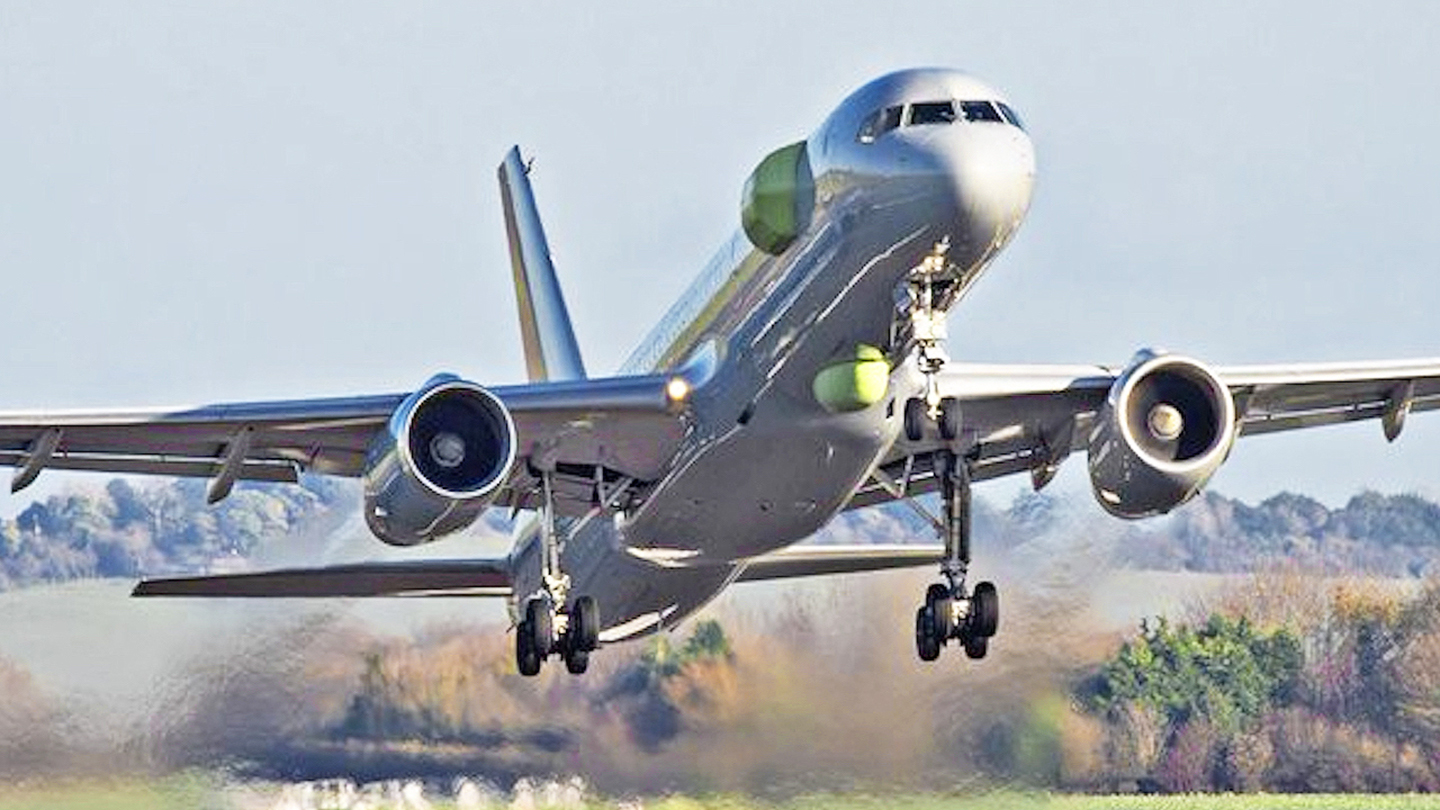The United Kingdom has taken an important step toward its Tempest next-generation fighter, with the start of a trials campaign for the Flight Test Aircraft (FTA), nicknamed Excalibur, that will serve as a flying laboratory for the new combat aircraft. Based on a Boeing 757 airliner, the FTA joins a growing band of dedicated trials aircraft that are being used to prove out technologies for current and future-generation fighter programs, also in the United States and China.
In a joint statement today, the two prime contractors responsible for the FTA — Leonardo and 2Excel — and the U.K. Ministry of Defense announced that the aircraft has successfully completed its first phase of modification and flight testing. The aircraft has been fitted with new side and belly pods, which were assessed for stability during flight.
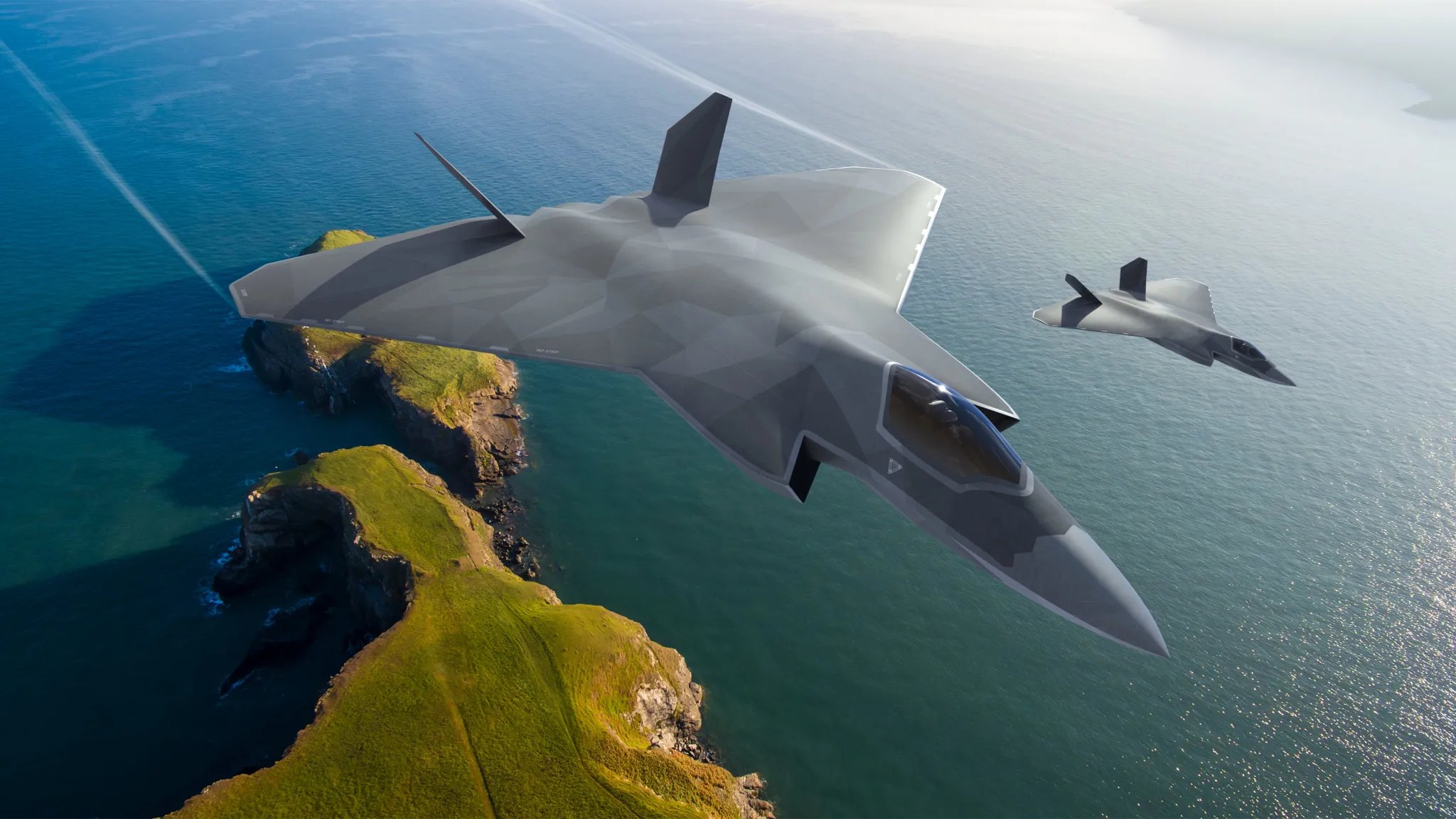
These fairings are designed to host the Integrated Sensors, Non-Kinetic Effects (ISANKE), and Integrated Communications Systems (ICS) that Leonardo is developing as part of its work on the Global Combat Air Program (GCAP) — the overarching effort that has the Tempest crewed fighter at its core.
While GCAP involves the United Kingdom, Italy, and Japan, the Tempest also falls within the remit of the U.K.’s Future Combat Air System (FCAS) program. This is a wide-ranging effort that also includes advanced uncrewed platforms, next-generation air-launched weapons, networks and data sharing, and more.
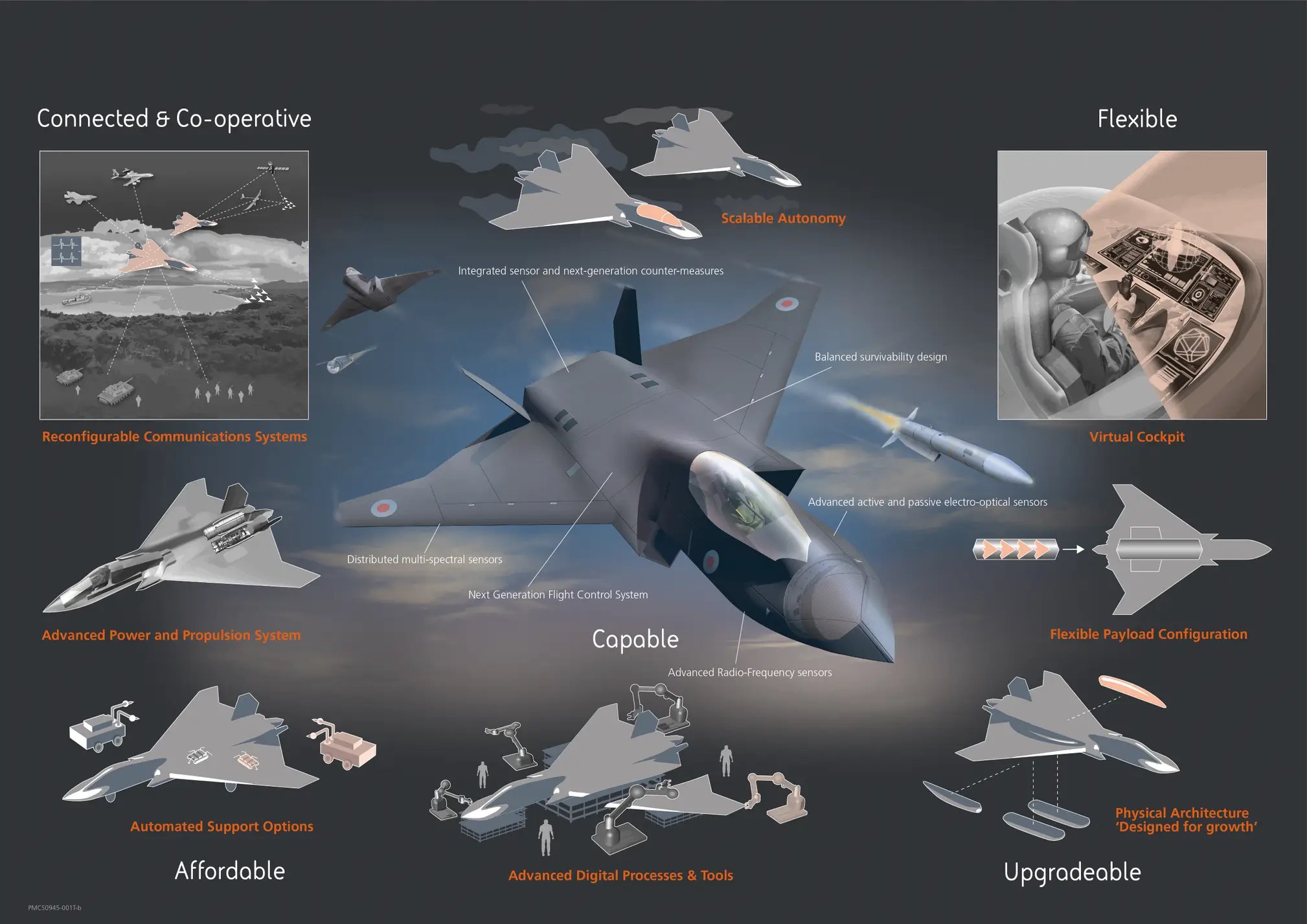
That the FTA was now in the air had been confirmed by several recent sightings of the aircraft operating out of QinetiQ’s Boscombe Down facility in Wiltshire, southern England.
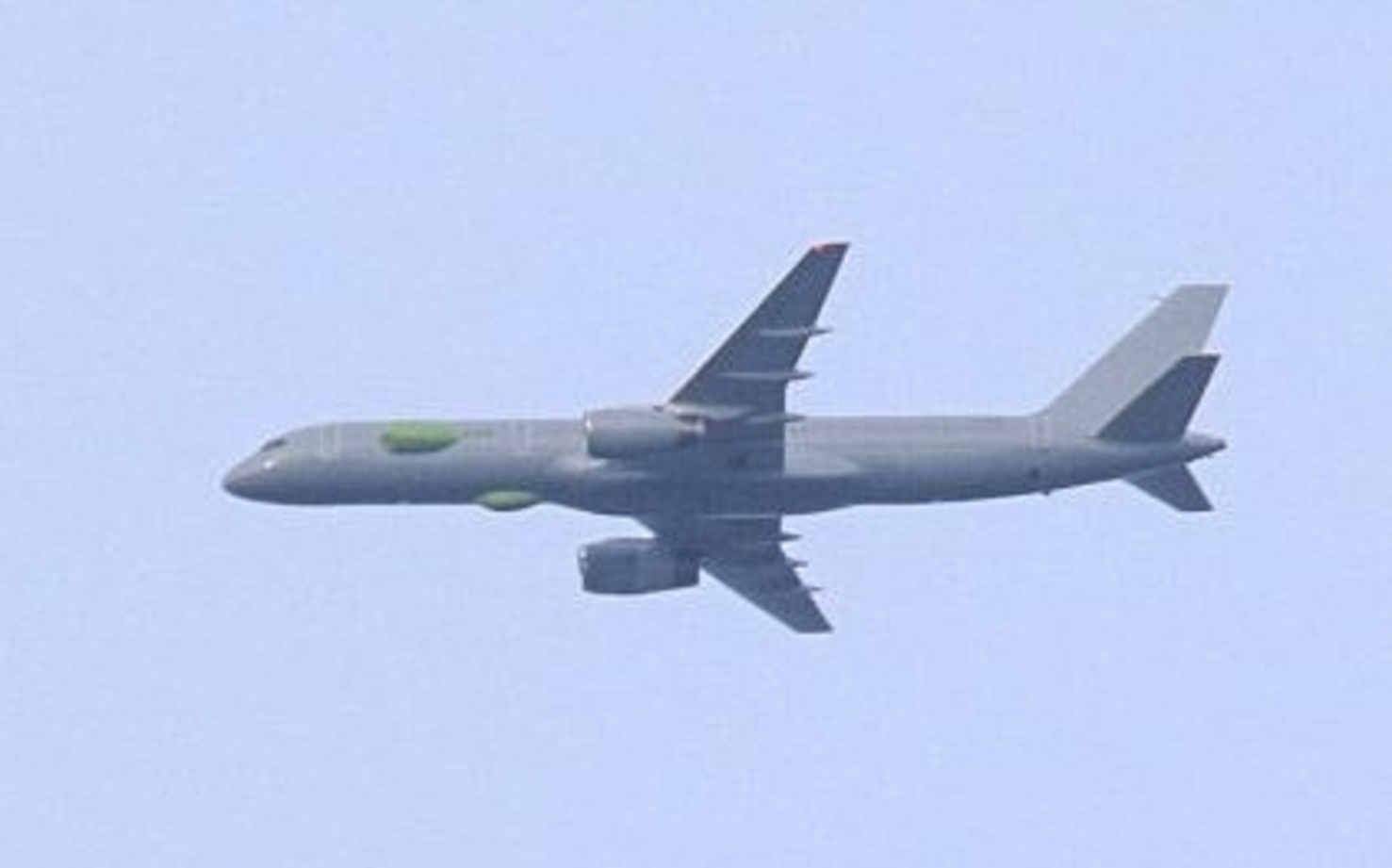
At this point, the FTA has the fairings for the various ISANKE and ICS components, but the actual technology demonstrator systems are yet to be installed. It’s unclear exactly when these will be added, with today’s announcement only stating that it will start to fly with them “within the next years.”
Once installed, onboard scientists and engineers will then test and refine the systems during flight trials, de-risking critical technologies for the Tempest and GCAP/FCAS and accelerating the development program — if all goes to plan.

Before that, Excalibur will undergo further engineering work at Boscombe Down, which will include adding a fighter-style nose cone to host the Tempest’s advanced new radar. This radar is being developed by Leonardo under the Multi-Function Radio Frequency System program.
Artist’s renderings of the final FTA configuration also show additional fairings under the nose — perhaps for an electro-optical sensor — and on the side of the nose. Two further fairings are also shown below the rear fuselage.
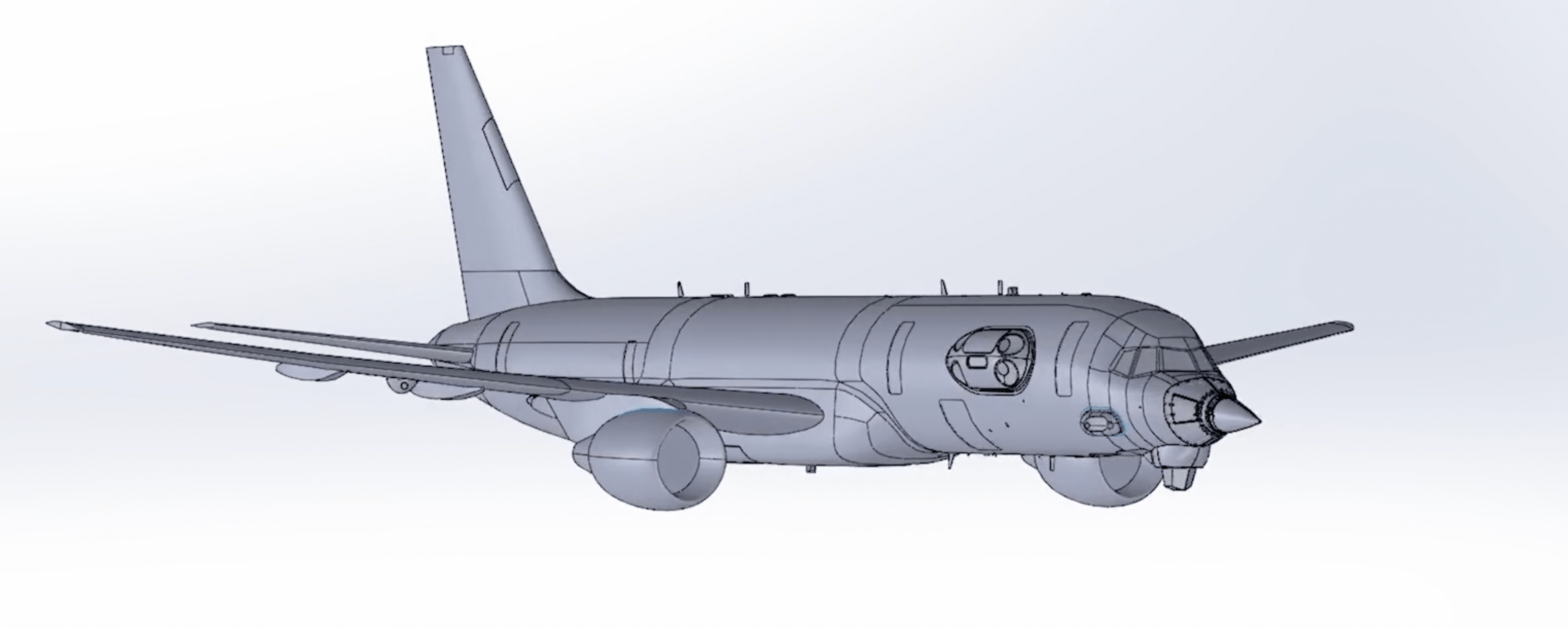
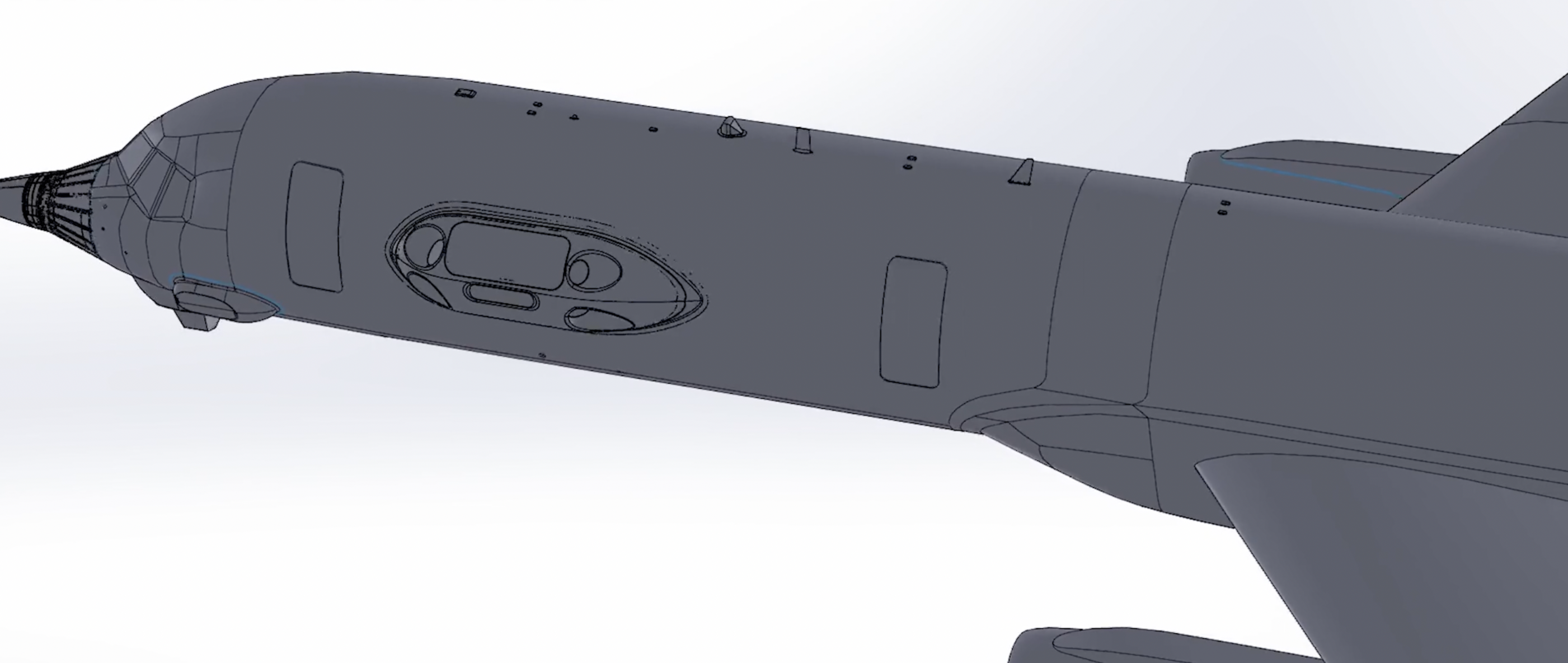
In the past, 2Excel has stated that Excalibur is planned to have a maximum payload capacity of 16 tons and will operate at an altitude of 42,000 feet at speeds as high as Mach 0.86. The aircraft has a maximum range of 3,900 nautical miles and an endurance of eight hours.
While there’s a long tradition of using surrogate aircraft as avionics testbeds, it’s interesting that the narrowbody 757 is forging something of a niche in this field.
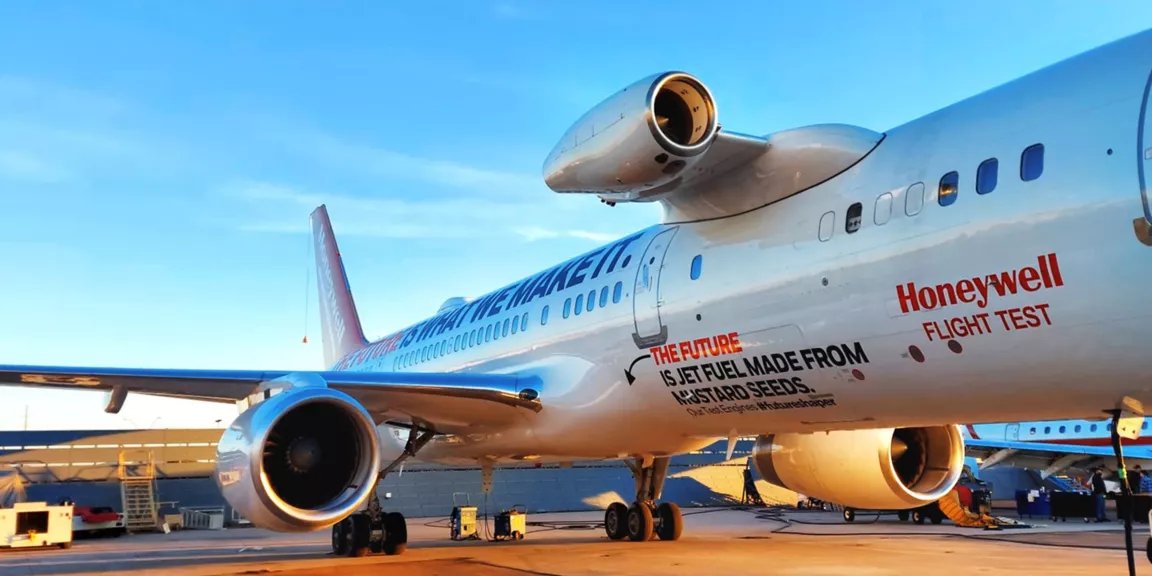
In the United States, Honeywell has long used a 757 for test duties, while Boeing’s 757 Flying Test Bed — better known as ‘The Catfish’ due to its unique and highly modified nose profile — is used in support of the F-22’s sensor and electronic warfare suite. It features a Raptor nose grafted onto the forward fuselage, containing the AN/APG-77 active electronically scanned array (AESA) radar. A swept-wing section atop the flight deck houses conformal antennas for the Raptor’s AN/ALR-94 electronic support measures suite.
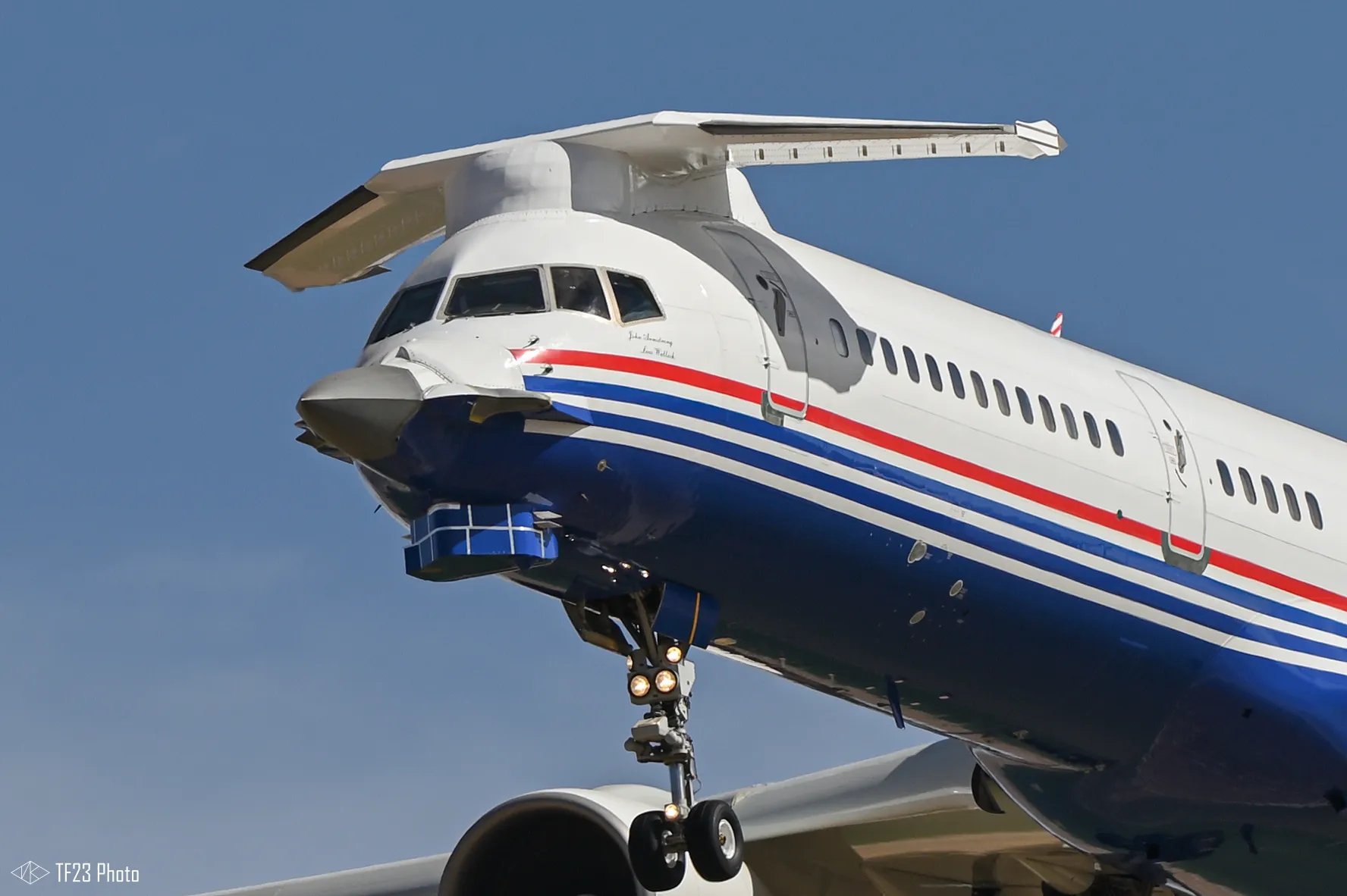
The Catfish also seems to have influenced at least one similar platform operated by China. Here, a specially adapted Russian-made Tupolev Tu-204C — itself essentially a clone of the 757 — is used for avionics testing for the J-20 stealth fighter.
According to the prime contractors, the British FTA program “remains on schedule and is proceeding at pace.” Previously Leonardo has said that Excalibur will begin its Tempest flight tests between “mid-2026 and mid-2028.”
A high tempo is certainly a prerequisite of the program since plans call for a supersonic crewed fighter demonstrator aircraft for the Tempest program to be in the air by 2027. Then, the finished Tempest fighter is expected to be in service by 2035.
As we reported earlier this year, the building of the demonstrator for the Tempest, so far only known as the Flying Technology Demonstrator, is now underway at the BAE Systems facility in Warton, northern England. As of this summer, over 50% of the aircraft, by structural weight, was already being built or had been completed.
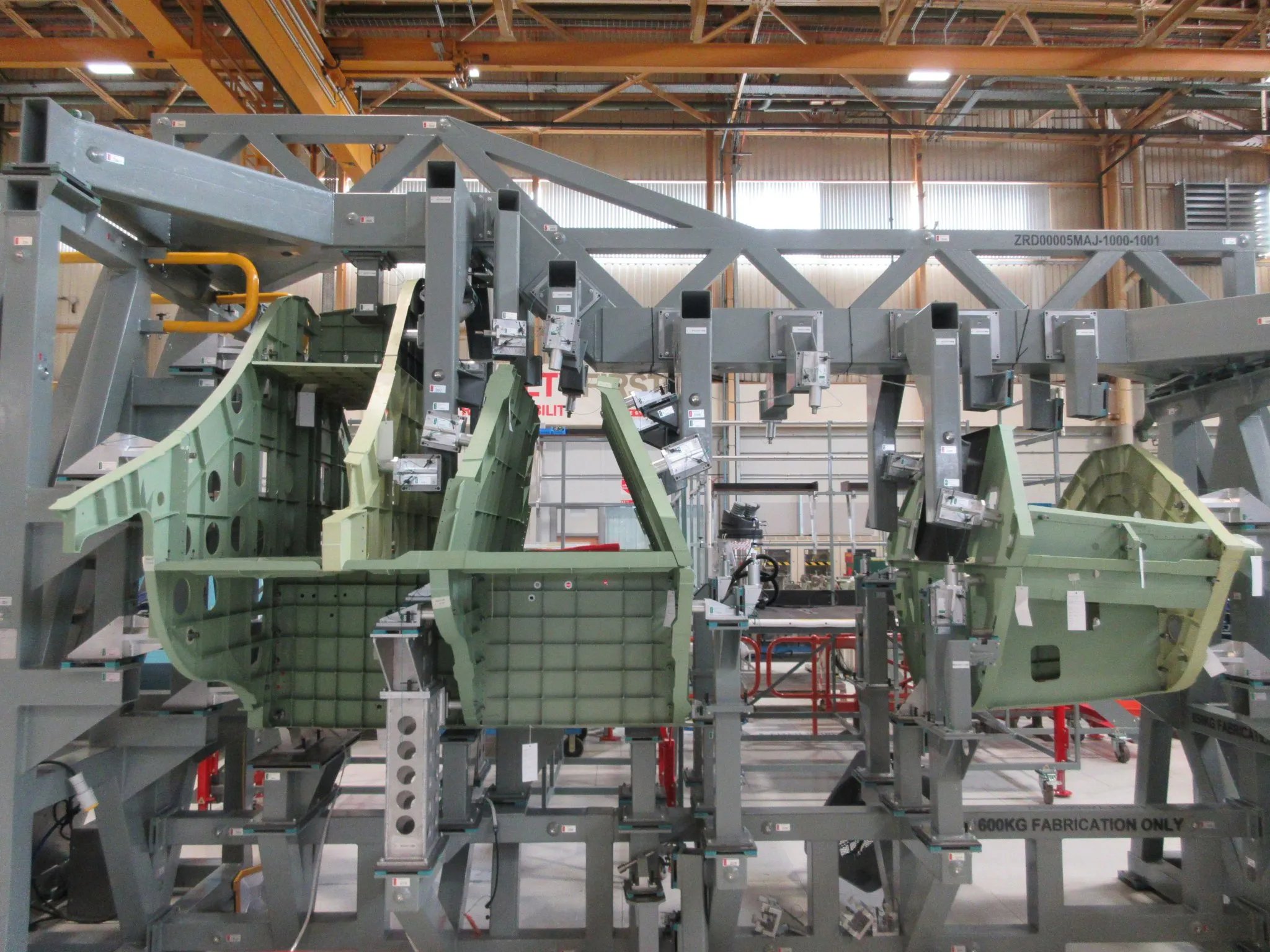
As well as the demonstrator’s crew escape system — tests of which have apparently been completed — there has been parallel work on the powerplant. Aerodynamic engine testing has taken place at the Rolls-Royce facility in Filton, England.
With the Flying Technology Demonstrator primarily concerned with proving the configuration and dynamics of the Tempest design, it will be down to Excalibur to test the major subsystems. At the same time, there will be a heavy reliance on simulation, including using a digital representation of the Flying Technology Demonstrator that has already been ‘flown’ extensively.
In the meantime, the future of the Tempest has begun to be questioned in some quarters.
In particular, the U.K. Ministry of Defense is grappling with budget cuts that have led to the premature retirement of a range of current assets. This has caused some concern that defense spending priorities may affect future air power efforts, with one possible outcome being a reduction in the priority assigned to the Tempest program.
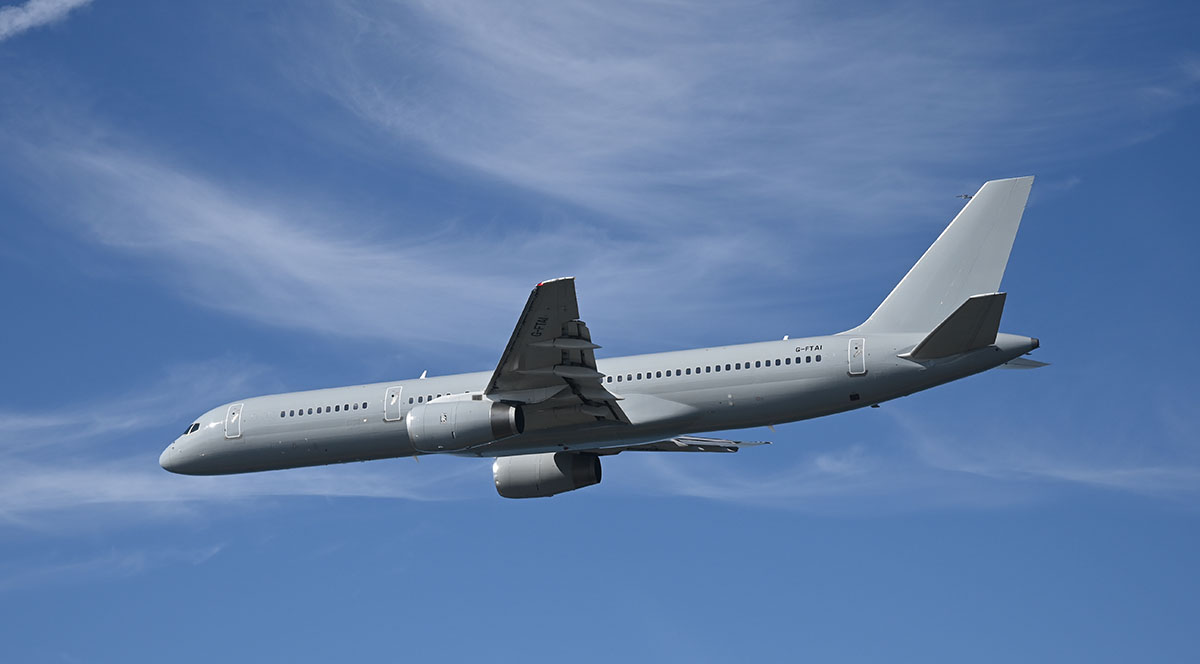
Ultimately, the Tempest could find itself competing for funds with various other big-ticket defense programs, including new nuclear-powered ballistic missile submarines. There is also the fact that the United Kingdom is currently still planning on procuring more F-35B stealth fighters, although the exact fleet size for the U.K. Lightning Force has yet to be finalized.
Alongside this, there are all the regular challenges involved in developing a new fighter from scratch, especially one incorporating stealth technologies. In programs like these, long development times and high costs are the order of the day. With that in mind, the work of the Excalibur Flight Test Aircraft will be even more important to ensure the Tempest program meets its highly optimistic targets.
Contact the author: thomas@thewarzone.com
